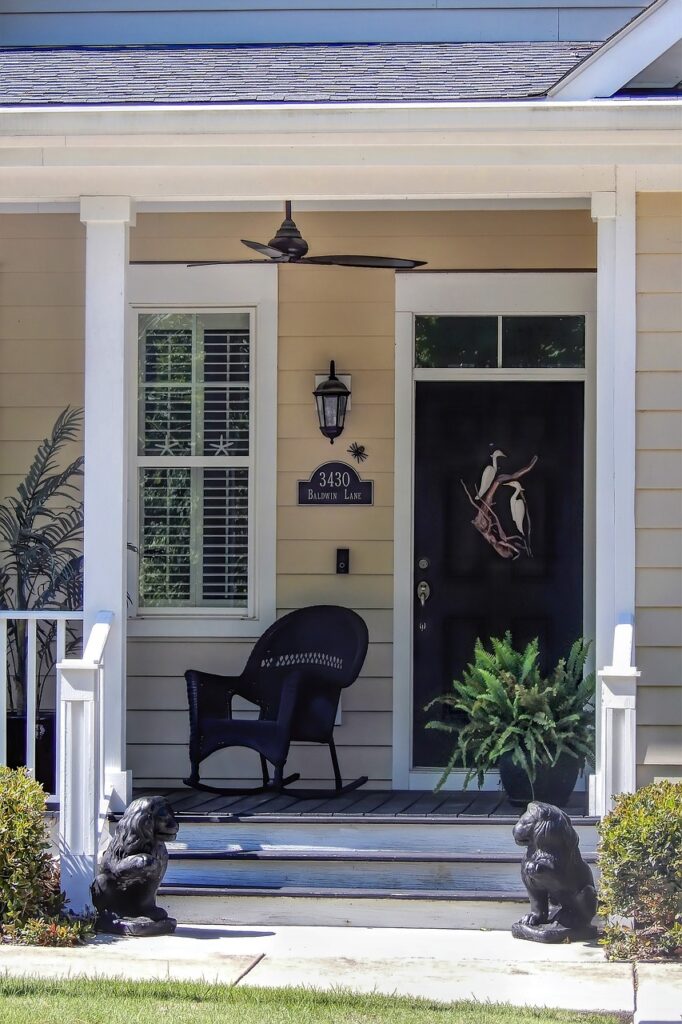A door that swings smoothly and closes securely is something most of us take for granted—until it doesn’t. Loose door hinges can be a common but often overlooked problem in homes. While it might seem like a minor inconvenience, addressing loose door hinges promptly is crucial for maintaining the functionality and security of your doors. In this blog, we’ll explore why it’s important to fix loose door hinges and provide a step-by-step guide for homeowners on how to do so.
Why It’s Important to Fix Loose Door Hinges
- Ensure Security and Privacy:
Loose hinges can cause doors to not close properly or stay securely shut. This compromises both the security and privacy of your home. A door that doesn’t close tightly can be an easy target for intruders. - Prevent Further Damage:
Ignoring loose hinges can lead to more serious damage over time. The constant movement and stress can cause the screw holes to enlarge, making the hinges even looser. This can eventually damage the door frame and the door itself. - Maintain Energy Efficiency:
Doors that don’t close properly can let drafts in, making your heating and cooling systems work harder to maintain a consistent temperature. Fixing loose hinges can help improve your home’s energy efficiency and reduce utility bills. - Avoid Noise and Discomfort:
Loose hinges can cause doors to creak, rattle, or even slam shut unexpectedly. These noises can be annoying and disruptive. Fixing the hinges ensures smooth operation and a quieter environment. - Preserve Aesthetic Appeal:
A door that hangs unevenly or out of alignment due to loose hinges can be an eyesore. Properly fixed hinges help maintain the visual appeal of your home’s interior and exterior.
How to Fix Loose Door Hinges: A Step-by-Step Guide
Tools and Materials Needed:
Screwdriver (Phillips or flat-head, depending on your hinge screws)
Wood glue
Wooden toothpicks or matchsticks
Utility knife
Hammer
New screws (if necessary)
Drill (optional)
Step-by-Step Instructions:
- Assess the Problem:
Open and close the door to determine which hinge or hinges are loose.
Check if the screws are stripped or if the holes are enlarged.
- Tighten the Screws:
Using a screwdriver, try tightening the screws in the loose hinge. If the screws tighten and the door becomes stable, the problem is solved.
If the screws just keep turning and don’t tighten, they are likely stripped, and the holes may be enlarged.
- Reinforce the Screw Holes:
Remove the loose screws from the hinge.
Apply wood glue to several wooden toothpicks or matchsticks and insert them into the screw holes. This will fill the gaps and create a new, tighter fit for the screws.
Allow the glue to dry for a few minutes.
Use a utility knife to trim the toothpicks or matchsticks flush with the surface of the door frame.
- Reinsert and Tighten the Screws:
Place the hinge back in position.
Reinsert the screws into the newly reinforced holes and tighten them securely with a screwdriver.
Ensure the door opens and closes smoothly and that the hinge is secure.
- Replace Screws (if necessary):
If the original screws are stripped or damaged, replace them with new screws of the same size and type.
For added strength, you can use slightly longer screws that reach deeper into the door frame.
- Additional Reinforcement (optional):
For doors with significant weight or frequent use, consider drilling new pilot holes slightly deeper than the original ones and using longer screws to provide extra support.
Ensure the screws are not so long that they pass through the other side of the door frame.
- Check and Maintain:
Periodically check the door hinges to ensure they remain tight and secure.
Address any minor looseness promptly to prevent recurrence of the problem.
Fixing loose door hinges is a simple yet essential task that every homeowner should know how to perform. By addressing this issue promptly, you ensure the security, privacy, and efficiency of your home, while also preventing further damage and maintaining aesthetic appeal. With just a few basic tools and materials, you can keep your doors functioning smoothly and avoid the inconveniences associated with loose hinges. Remember, a well-maintained door is a small but vital part of a well-maintained home.

